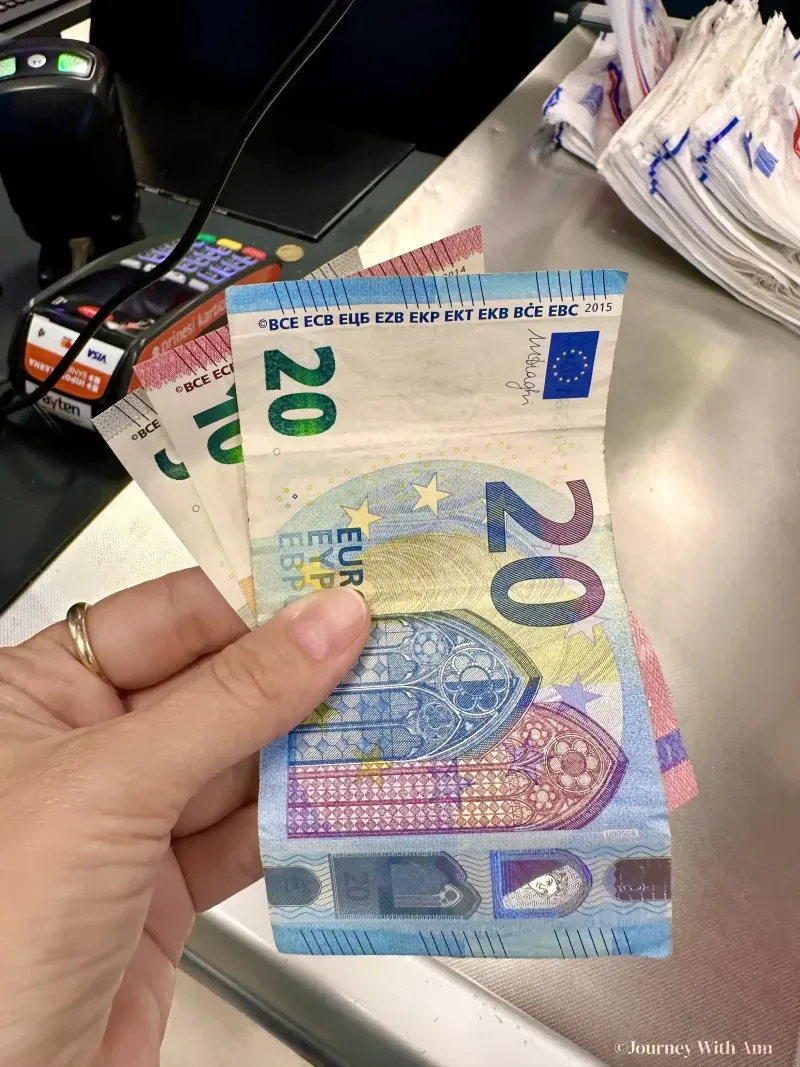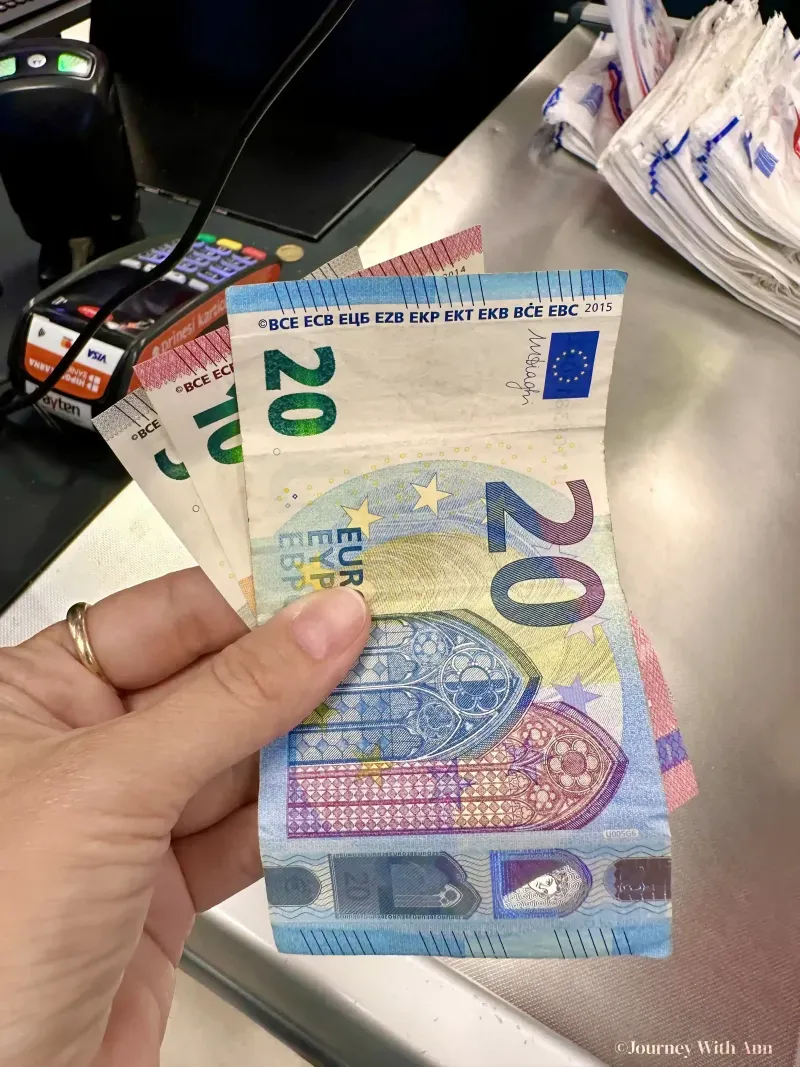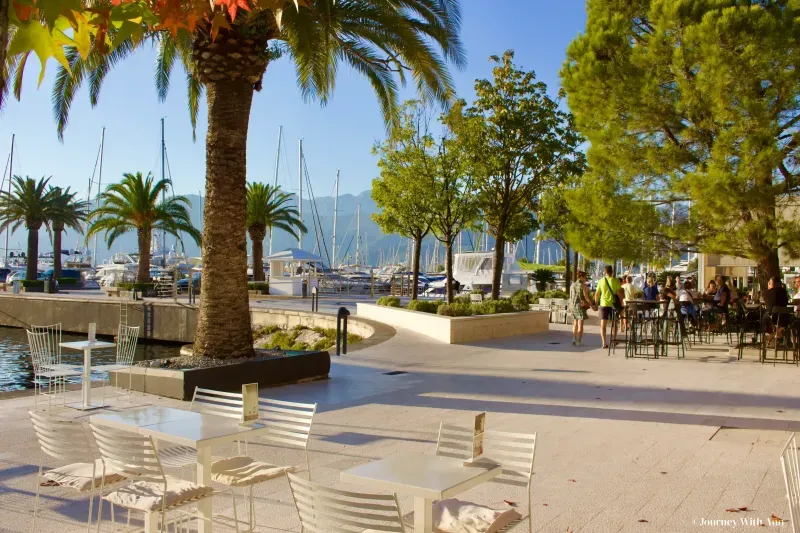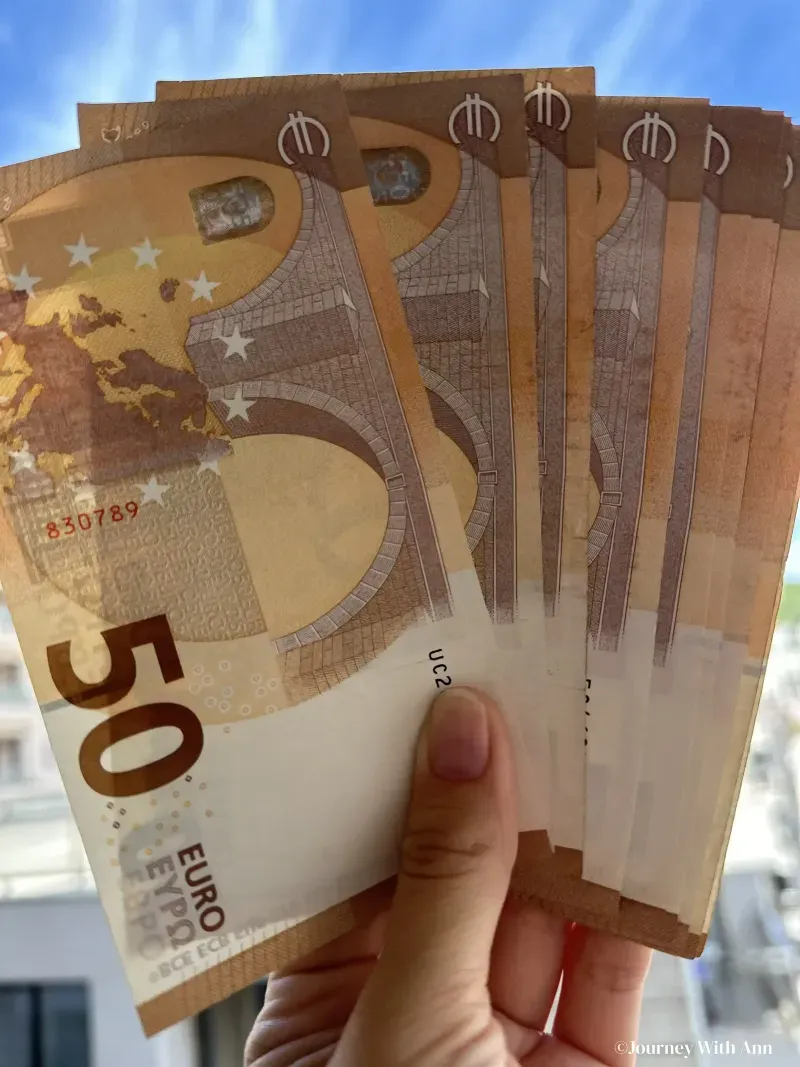Historical Context of Currency in Montenegro
Before adopting the Euro, Montenegro, including Tivat, used the Yugoslav dinar. The shift to the Deutsche Mark and later to the Euro was part of Montenegro's strategy to stabilize its economy post-Yugoslavia dissolution. This unique monetary approach was taken without the formal permission of the European Central Bank or the European Union.
Economic Implications of Using the Euro in Tivat
Using the Euro has provided Tivat with significant economic stability and has fostered smoother trade and financial transactions with Eurozone countries. It simplifies tourism, as many visitors come from EU countries and can use their home currency directly. However, it also means that Montenegro has no control over its monetary policy, relying on the European Central Bank's decisions.
Tivat's Local Economy and Currency
Tivat's economy largely benefits from the tourism sector, bolstered by its luxury marina, Porto Montenegro. The use of the Euro attracts investments from EU countries and ensures pricing transparency and stability in real estate and services, appealing to international tourists and investors.
Currency Exchange and Accessibility in Tivat
In Tivat, currency exchange offices and banks readily offer services to convert major currencies into Euros. ATMs are widely available and credit cards are commonly accepted, providing convenience to travelers. The prevalence of the Euro ensures that financial services are robust and accessible to both residents and visitors.



